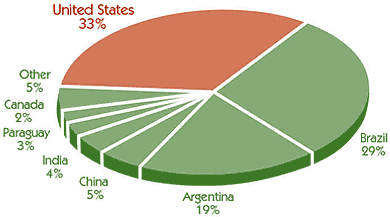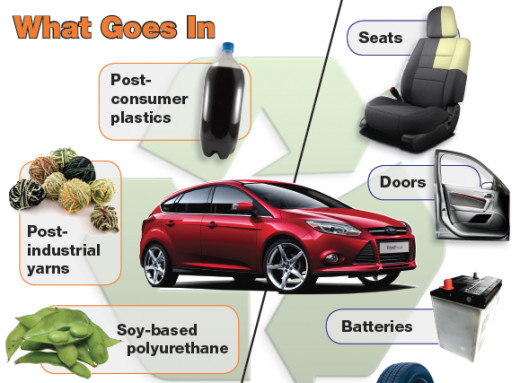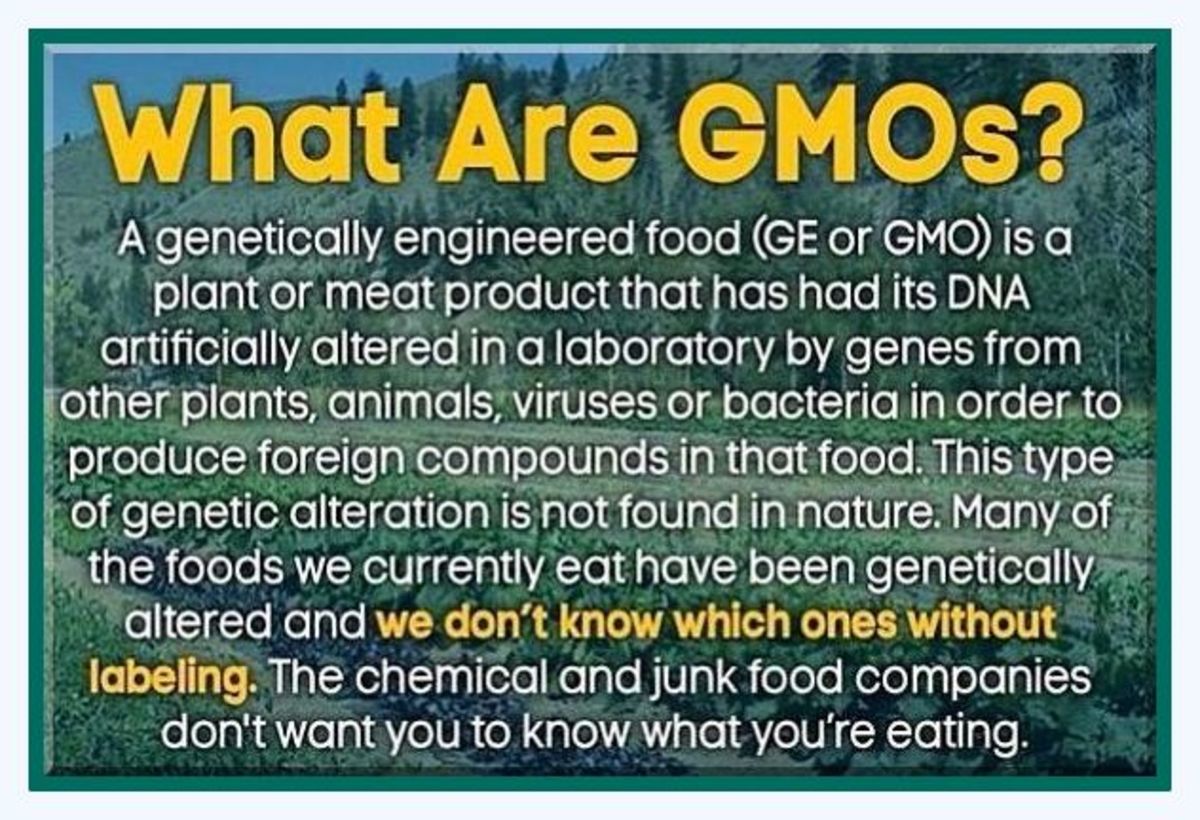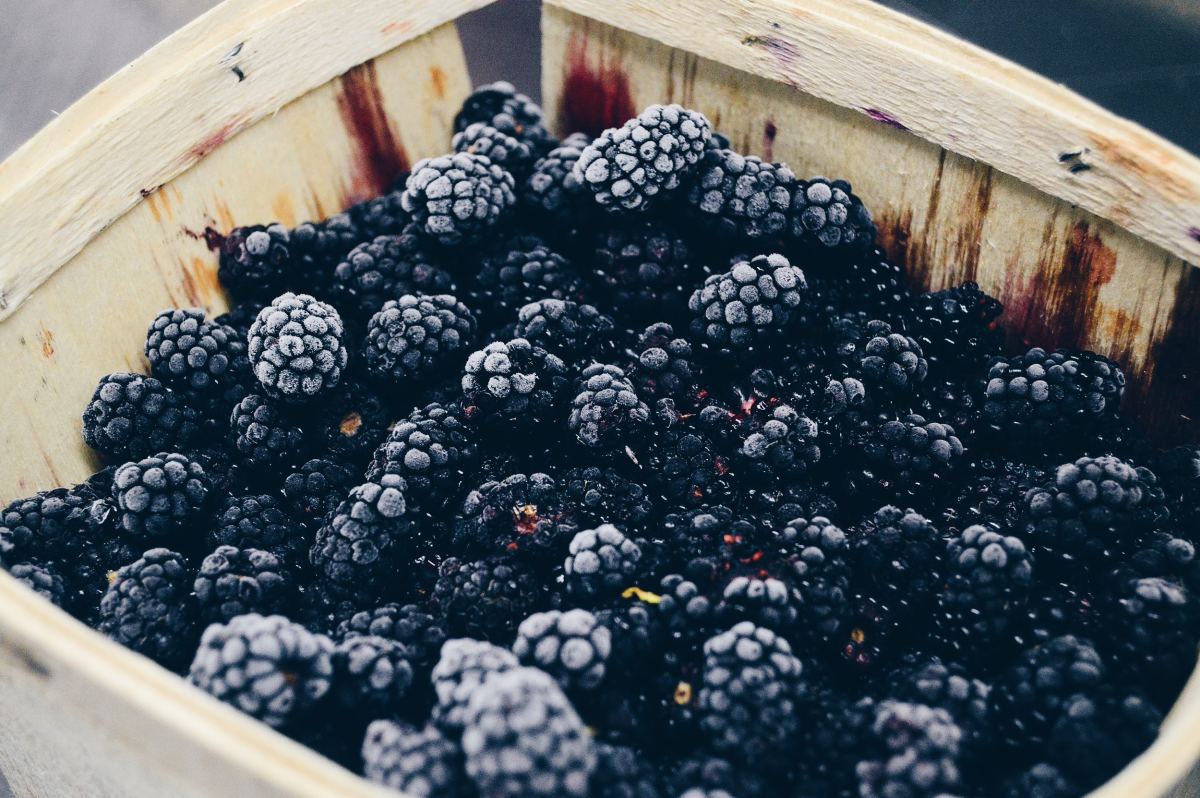Morality of Food Chapter II: Soy

Soy has been the rising super-star over the last 180 years, and is a loved alternative to dairy, being useful for the lactose intolerant. It is used in many forms from the bean itself as a bean, to the meat substitute, tofu, to its oil, to soy milk - and so on.
There has been much debate as to if it truly is a good staple to have in the kitchen, or if it does more harm than good.
The Morality of Food Series
During this series I will dissect what we eat and where it comes from. This is not intended to turn the reader off their food and cut out their much beloved beef, wheat, tuna or corn, but instead to bring awareness to what it is that everyone puts into their bodies, and the impact of each mouthful, based on where the food has come from. I will not tell anyone they should not eat a certain food, however, I will merely highlight how the food is produced, where it is produced, and how it impacts the environment, and how the reader can continue to enjoy the foods they love but with a lower footprint upon the earth.
Soy For Farmers
Growing soy was initially entertained by farmers for three reasons:
- George Washington Carver (also the creator of peanut butter) found the soy plant to be a good restorative to soil, as well as preserver. It would return nitrogen and other minerals to the soil.
- The Soy plant had no problem with acid soil, and happily grew there. This was beneficial during droughts.
- Produced a high-protein, cost effective feed for live stock.
All the above reasons combined to make an almost perfect addition to any farm: rotate the crops with soy to bring nutrients to the soil, and plant where the soil was dead, then feed what was grown to the livestock. There was no waste to it!
The History of Soy
The soy bean originates in China, from its ancestor, Glycine Soja. It was listed as one of the five sacred plants by Emperor Shennong around 2853 Before Common Era (BCE).
Between 100 CE and 1500 CE it traveled across Asia, reaching as far as India.By the 1700's it had reached Australia and North America. It was brought to the US by a man named Samuel Bowen who grew it on his plantation in Georgia, where he made soy sauce to sell to England.
During the Great Depression and the Dust Bowl, soy had a different use than just food: it was used to regenerate soil due to its ability to fix nitrogen laden crop-land.
During World War II, soy production in China came to a stop, and the United States picked up the slack and catered to the high demand in soy-based oils, lubricants, and plastics.
By the 1950's, the soy bean had been deemed the best food for livestock, providing plenty of protein for the animals while being economically sound. It has become the more popular choice over the last sixty years, and is fed to turkeys, chickens, cows, and pigs nation wide.
In 2007, the US was the lead in the world soy production, responsible for 32% of the world's total soy production, followed by Brazil and Argentina, respectably. In total, the would collectively produced 8,077 bushels of soybeans that year.
In the 1950's, American became Japan's number one merchant for soy, exporting 555,000 tonnes in 1955, then advancing to 1,110,000 tonnes in 1959.


Ford Motors
During the 1920's, Ford Motors had invested a great deal of money into soy research. They used soy oil in the paint which coated their cars, and acted as the fluid in the shock absorbers. It eventually evolved into an ingredient in the automobiles' body panels. Ford even went so far as to create the "Soybean Car" in 1941, built from plastics made form soybean flour and wood flour. Each car required two whole bushels of soybeans.
Ford also took a heavy hand in promoting soy foods such as soy milk, whipped topping, and ice cream.
President Ford continued to take it to other levels, getting a scientist involved to create a synthetic silk from soy, called Azlon. It was used to make suits, hats and over coats.
This increased its demands, and created work for many farmers and others involved in the company during the Ford Administration.
Types of Soy Products
- raw soybean or edimame
- tofu
- soy milk
- tempeh
- soy sauce
- miso
- soy nuts (dried soybeans)
- soy flour
The Nutritional Benefits of Soy
Soy has a lot of nutritional value. It has a healthy amount of proteins, all essential amino acids, isoflavones, and phospholipid. Some of the isoflavones cause an estrogen-like effect within the body, which helps to prevent some cancers, cardiovascular problems and osteoporosis.
Genistein and daidzein are the particularly helpful isoflavones. They have been shown in some studies to be protective against cancers, particularly breast cancer, prostate cancer, colon cancer and cancer of the uterus. The theory, according to the American Cancer Society, is that these isoflavones inhibit the growth of existing tumor cells (this being different to preventing the development of new tumor cells).
Many studies have shown that it can act as a preventative against cancer in men and women. It can reduce the risk of prostate cancer in men, and breast cancer in both men and women.
It has been shown to be effective for woman going through menopause, helping to ease symptoms and stimulate bone health. While it doesn't contain estrogen per-say, it is beginning to be looked at as an alternative to estrogen in hormone replacement therapy due to the isoflavones found in it. These isoflavones also stimulate bone density.
Countries which indulge in soy more, such as China, show lower levels of heart disease and lower total cholesterol levels, and prevents plaque build-up in the arteries. It is suggested that this could be due to - yet again - a soy isoflavone, genistein (also the accused estrogyen-like isoflavone), which might increase the flexibility of the walls of the blood vessels.
Soybeans are rich in fiber. One serving of soybeans can provide eight grams of fiber. A diet rich in fiber is a key component in combating risks of colon cancer, as well as a toxic colon and/or parasites.
Soybeans are also high in zinc. Zinc can only be acquired through the diet. However, it is needed to help repair cells and tissues. These include bone tissue, muscle tissue, hair and nails, skin tissue, and it helps to boost the immune system along the way - just to name a few things.
Soy also contains Niacin (B3), B6, calcium, magnesium, iron and selenium.
When eating fermented soy products, such as miso or tempeh, one can gain probiotics, which are the friendly bacteria which live in the intestinal tract and contribute to its health.
What is Genetically Modified Food?
This refers to crops which have been modified by humans for either human or animal consumption. It had made a stir more recently due to the quick steps being made with science in laboratories, though throughout this history of agriculture, this has occurred.
However, when the public refers to GMO (Genetically Modified Organisms), they are referring to scientifically altered foods, which have been chemically modified to contain an herbicide, pesticide within its DNA. It could also be genetically altered so that it grows quicker, uses less space, is more resistant to certain weather patterns, etc.
Genetic Modification
These days, nearly all of commercially grown soybeans are genetically modified.
Monsanto first created the RoundUp Ready Soybean in 1995. This meant that it will be resistant to their product Roundup, an herbicide which kills weeds and grasses. Within two years only 8% of soy beans were genetically modified. By 2010 that number jumped to a staggering 93%!
A large concern is that Monsanto tends to patent their products. Thus, their genetically modified foods become a product of Monsanto. If a crop which is using Monsanto GMO seeds is grown next to another crop which doesn't use Monsanto products, it is very possible - and does occur often - that the two crops will cross pollinate. The second crop which was not using Monsanto's product suddenly is using their product. It is not uncommon for this company to go after those who have by accidents of nature found themselves with Monsanto's patented product.
Monsanto and other similar companies often will put a destructive gene in their seeds so that they can only be used for one generation. This means that after each crops' cycle, more seeds must be purchased in order to bring in more crops the following year. From a business standpoint, it is brilliant. However, because of the earlier mentioned cross pollination, it is problematic due to the lack of diversity happening in the soybean. If these seeds are constantly being cross pollinated with the self-destruct gene, then they always require the need to man to make them grow. If these companies which create these seeds go out of business or otherwise cease to be, then it means the end of that crop. Forever.
Cross-pollination is not only limited to other crops, but will pollinate into the wild due to our hard working friends, the honey bee. This means that the self-destructing gene can be carried out to unsuspecting, free wild plant life. This can have a devastating effect on the natural world, and thus our world. What happens when the plants which generates cleans our air, dies off?
What's more, there is no law which states that a company must label whether or not they are using GMO foods or ingredients in their product. This makes it very difficult to boycott these companies.
What's more, the genes which are used are not necessarily natural. Some are created, and thus are a chemical. It is possible for these chemicals to build up in our cell tissues and cause us illness in the long run. Eating soybeans isn't our only concern when it comes to consuming GMO's. As mentioned before, soybeans are given to livestock. This means that these chemicals can also be stored in their cell tissue, which would be the tissues which create the meat we eat. We are still being subjected to unnatural substances.
The Soy Controversy
As mentioned above, soy had many health benefits, and can be a very healthy addition to the diet. However, not every one agrees.
According to the Weston A. Price Foundation, there is the risk of reducing the assimilation of the minerals in soy, along with copper as well. This is due to the phytic acid which are said to be in higher levels in soy. This can also cause children to develop growth problems. However, soy beans are not the only plant guilty of being high in phytic acids. Beans, grains, nuts and seeds, which are all very healthy for you, may also block the ability to take in these minerals. The levels of phytic acid found in a plant-based diet which might include more than one serving of soy in a day, do not reach a dangerous amount. The key is to ensure a varied diet. Phytic acid levels are also reduced in fermented soy products.
WAPF also suggests that protein digestion may be inhibited by soy, which could lead to pancreatic disorders.
While soy is known to prevent breast cancers, it can have the opposite effect should a person already have breast cancer cells within them.
It is said that soybeans have a difficult-to-digest protein when they are cooked. However, if you go for the fermented soy products, or invest in soy milk, the protein becomes equivalent to a meat.
While studies have shown soy to be a good cancer cell inhibitor, other studies have given unclear results, according to the Mayo Clinic. They say that in theory, the estrogen-like effects of soy may help speed up the cancer cell growth.
"In laboratory studies, it is not clear if isoflavones stimulate or block the effects of estrogen or both (acting as a "receptor agonist/antagonist"). Until additional research is available, patients with these conditions should be cautious and speak with a qualified healthcare practitioner before starting use."

So What About Soy?
There is just as much information out there that is for soy as is against soy. It is a highly controversial issue that the Western world seems to be divided on. However, below is a list of links which will hopefully help you to make your own decisions.
However, should you chose to be on the side of soy, remember to ensure that you chose organic, non Genetically Modified soy products so as to help preserve future generations of vegetation as well as keeping harmful chemicals out of the body. Buying local is always important to support local farmers so that they feel less pressure to buy into larger companies such as Monsanto.
Soy has had a long and inspiring history, from being a staple growth for many plantations all over the world to being the next step in alternative resources such as oil-based plastic, fuel and cotton. Like any vigilante, it is fighting against the current.
- What About Soy? | John Robbins Official Site
- Soy (Glycine max): Safety - MayoClinic.com
Mayo Clinic offers award-winning medical and health information and tools for healthy living. - Soybean production - variety choice, planting conditions, seedling counts, disease control, harvest
- Soy Nutritional Composition - United Soybean Board
Learn what makes up a soybean. A lot of nutrients, unsaturated fat, protein and taste, of course. - Soy and health benefits
There is no denying that soy has many health benefits. These health benefits are mainly coming form the quality of the soy proteins and form the isoflavones genistein and daidzein. - Nutritional benefits of soy – how to get the most from your soy foods
Women to Women details the nutritional and health benefits of soybeans, including how to add soy to your diet and different types of soy foods, and soy supplements. - Soy - Soy food Health Benefit Danger
Soy - Information about both the health benefits and possible risks of eating soy foods. - Soy (Glycine max) - MayoClinic.com
Mayo Clinic offers award-winning medical and health information and tools for healthy living. - SoyInfo Center: Soy From A Historical Perspective
- Soybean
- North Carolina Soybean Producers Association
- History of Soybeans
- Debunking Soybean Myths and Legends in the Historical and Popular Literature
- National Soybean Research Laboratory








